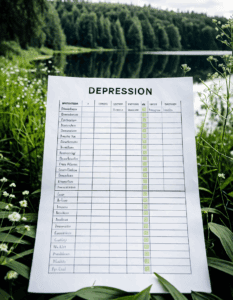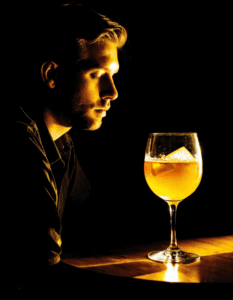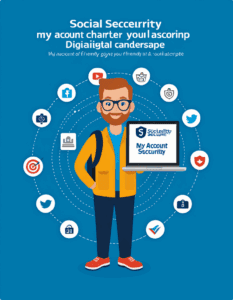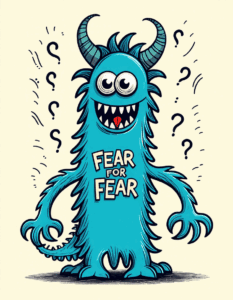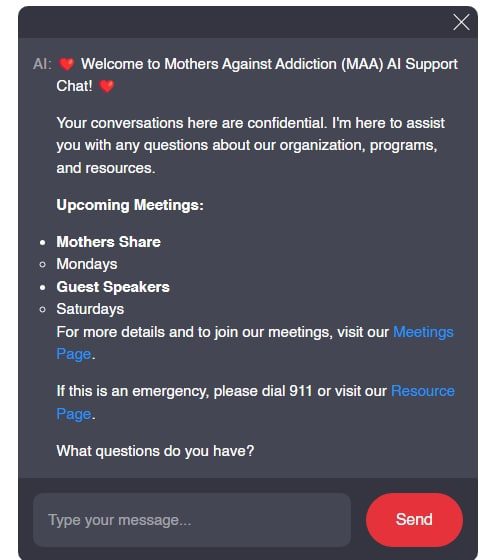The journey to recovery is both an emotional and psychological struggle. As the landscape of addiction treatment continues to evolve, one element remains paramount: emotional regulation in recovery. Thriving in recovery often demands mastering the art of managing one’s emotions. From the challenges of initial withdrawal to the complexities of sustained sobriety, emotional regulation serves as the unsung hero in maintaining balance and peace.
The Power of Emotional Regulation in Recovery: Insights from Personal Stories
Emotional regulation is often the unsung hero in the battle against addiction. Consider the story of Jane Doe, a recovering heroin addict. She attributes her lasting sobriety to the skills she learned through Dialectical Behavior Therapy (DBT).
DBT, originally developed by psychologist Marsha Linehan, focuses on helping individuals accept the uncomfortable thoughts and feelings that come with addiction. Jane’s ability to harness DBT principles has been transformative, highlighting the crucial role emotional regulation plays in recovery. Her journey underscores that with the right tools, it’s possible to manage complex emotions without turning to substances.
Practical Techniques for Emotional Regulation in Recovery
Mindfulness: The Foundation of Emotional Regulation
Jon Kabat-Zinn, a pioneer of mindfulness-based stress reduction, has shown that practicing mindfulness can dramatically improve emotional regulation. Mindfulness encourages individuals to remain present and fully engaged with their emotions without judgment, an essential skill for anyone in recovery. It’s not just about meditation; it’s about paying attention to the present moment and accepting it without resistance.
A simple yet effective starting point is using the Headspace app, which offers guided mindfulness exercises that can be integrated into daily routines. This digital tool provides an accessible way for individuals to practice mindfulness and enhance their emotional regulation.
Cognitive Behavioral Therapy (CBT)
Aaron Beck, the father of CBT, developed this therapeutic approach to change dysfunctional thinking patterns. CBT helps recovering addicts like Chris Evans, a former alcohol addict, by identifying and challenging their negative thoughts. By restructuring these thoughts, individuals can better manage their emotions and reduce the risk of relapse.
A practical application of CBT would involve keeping a thought journal. Each time a negative thought arises, write it down, then challenge its validity and come up with a more balanced perspective. This method helps break the cycle of negative thinking and improves emotional regulation.
Expressive Arts Therapy
Filmmaker David Lynch, who struggled with substance abuse, found solace in creative expression. Engaging in art, music, or writing can be a powerful outlet for navigating complex emotions. Lynch’s story illustrates how expressive arts therapy can provide a safe space for emotional exploration and regulation.
Whether it’s painting, playing an instrument, or keeping a journal, expressive arts allow individuals to channel their emotions constructively. This form of therapy is particularly beneficial for those who may find it difficult to express themselves verbally.
Self-Compassion and Forgiveness
Self-compassion advocate Kristin Neff emphasizes the importance of being kind to oneself. Recovering addicts often grapple with guilt and shame, which can impede emotional regulation. Embracing self-compassion allows individuals to forgive themselves and build resilience against emotional turmoil.
Engaging in self-compassion practices, such as writing a letter to oneself or using self-affirmations, can be transformative. These methods encourage positive self-talk and mitigate the harsh self-criticism that often accompanies addiction recovery.
| Aspect | Description |
| Definition | Learning to manage and endure emotional distress without resorting to drugs. |
| Importance in Recovery | Essential for managing negative emotions, reducing relapse risk, and promoting overall mental well-being. |
| Three Principles | Regulate – Learn to manage emotions Relate – Engage in supportive relationships Reason – Develop logical thinking for decisions |
| 2.1 Process Model | Situation Selection – Choosing environments proactively Situation Modification – Changing the environment Attention Deployment – Focusing on positive stimuli Cognitive Change – Reframing thoughts Response Modification – Adjusting emotional responses |
| Emotional Regulation vs. Suppression | Regulation – Leads to rational decision-making, mental health improvement Suppression – Can cause psychological and physiological issues |
| Techniques for Regulation | Mindfulness – Being present in the moment Cognitive Behavioral Therapy – Changing thought patterns Support Groups – Sharing experiences with others Physical Activity – Reducing stress and improving mood |
| Goals for Children | Internalizing regulation techniques, developing self-regulation, and improving resilience against stress and addiction triggers. |
| Benefit | Details |
| Reduced Relapse Risk | Ability to manage triggers and stress without resorting to substance use. |
| Improved Mental Health | Decreased anxiety, depression, and other mental health issues associated with addiction. |
| Better Decision-Making | More rational and considered decisions during stressful situations. |
| Stronger Relationships | Healthier interactions and connections with others, fostering a supportive environment. |
| Enhanced Self-Awareness | Greater understanding of one’s own emotions and triggers, leading to better self-control. |
Building a Strong Support System for Emotional Regulation in Recovery
Peer Support and Sponsorship
The success of 12-step programs like Alcoholics Anonymous (AA) is well-documented. Having a sponsor, like actor Robert Downey Jr. had during his recovery, provides accountability and a sense of belonging. Peer support can be instrumental in teaching emotional regulation strategies through shared experiences.
Joining a local AA group or participating in a virtual support community like InTheRooms offers access to a network of support. Through shared stories and mutual encouragement, individuals can bolster their emotional regulation skills.
Professional Counseling and Therapy
Highly esteemed addiction specialist Dr. Gabor Maté advocates for trauma-informed care. He posits that unresolved trauma often underlies addiction. By addressing these deep-seated issues with a professional, individuals can develop healthier emotional regulation mechanisms.
Therapies like Eye Movement Desensitization and Reprocessing (EMDR) or Trauma-Focused Cognitive Behavioral Therapy (TF-CBT) can be particularly effective. These therapies help individuals process trauma and develop solid emotional regulation practices.
Incorporating Technology in Learning Emotional Regulation
Mobile Apps for Mindfulness and Meditation
Apps like Headspace and Calm offer accessible ways to practice mindfulness. Research by Dr. Judson Brewer, a renowned addiction psychiatrist, shows that regular use of mindfulness apps can significantly improve emotional regulation, providing recovering addicts with on-the-go resources.
Integrating these tools into one’s routine can help maintain the discipline needed for emotional regulation. Daily reminders and guided exercises can make practicing mindfulness second nature.
Virtual Support Groups
Platforms such as InTheRooms offer online meetings and forums that connect individuals in recovery. Virtual support groups break geographical barriers and create a global network of emotional support, crucial for maintaining sobriety and regulating emotions.
Participation in these groups provides a sense of community and belonging, reinforcing emotional regulation strategies through shared experience and mutual support.
Innovative Wrap-Up: Embracing Emotional Regulation for Sustainable Sobriety
Emotional regulation in recovery is not just a set of techniques; it’s a lifeline. By integrating mindfulness, cognitive strategies, creativity, self-compassion, and robust support systems, individuals can navigate the complex emotional landscape of recovery. Jane Doe, Chris Evans, and David Lynch exemplify how harnessing emotional regulation can transform and sustain a life free from addiction. As we continue to develop and refine these techniques, the hope for lasting sobriety becomes ever more attainable.
Each journey is unique, but the core skill of emotional regulation remains a universal anchor, guiding every individual toward a healthier, more fulfilling life. By sharing these insights and strategies, we at Mothers Against Addiction aim to support parents and individuals struggling with addiction to find hope, resilience, and lasting recovery.
For more information on techniques like these, check out our resources on Stress Management Techniques, Suicide Prevention, and Eating Disorders And Addiction.
Be Part of the Change
At Mothers Against Addiction, we understand the pain and challenge addiction brings to families. We’re dedicated to offering support and resources to those facing these monumental struggles. Joining our community can provide parents with the emotional anchor they need through the turbulent seas of addiction recovery. Let us help you help your loved ones.
Emotional regulation in recovery can indeed make all the difference. Embrace these strategies and walk the path to a brighter, addiction-free future.
Emotional Regulation in Recovery Secrets
The Importance of Emotional Balance
Emotional regulation in recovery is like finding your footing on a trampoline; it’s all about balance. Learning how to manage your emotions can significantly boost your chances of staying sober. Did you know that attending uplifting events like Wicked at The Kennedy center can dramatically improve your emotional well-being? The experience has been shown to release endorphins, which are great for mood stabilization.
Shifting gears, understanding your emotional triggers is crucial. For instance, financial stress is a common trigger. Ever wondered How property tax Is calculated? Financial literacy can go a long way in calming those nerves. Knowing exactly what you owe can offer a surprising sense of control, hence reducing anxiety.
Tools to Stay Grounded
Keeping a journal can be an incredibly effective tool for emotional regulation in recovery. Writing down your feelings, no matter how trivial they seem, helps to process emotions better. Speaking of trivial, let’s not overlook the role that something as small as a favorite piece of clothing can play. Wearing your cherished Fox shirt might seem minimal, but it can offer comfort and familiarity, grounding you during turbulent times.
Additionally, travel and changing scenery can invigorate your emotional state. Taking a scenic trip from Mcallen To Harlingen can open up new avenues for joy and relaxation. Simple pleasures like these can help in resetting your emotional equilibrium, making it easier to cope with stress.
Fun Facts to Ponder
Did you know that laughter can lower your stress hormones? It’s true, even if the joke is the Stupidest one you’ve ever heard. Whether it’s a silly joke or a funny movie, incorporating humor into your daily routine can be a lifesaver in your recovery journey. Don’t underestimate the power of a good laugh to shift your mood.
In summation, emotional regulation in recovery involves a mix of strategy and simplicity. From managing financial stress and enjoying favorite pastimes like wearing a familiar shirt, to taking a refreshing trip or even getting a good laugh, every little effort counts. The more balanced you are emotionally, the smoother your road to recovery will be. Stay curious, stay balanced, and most importantly, stay kind to yourself on this journey.
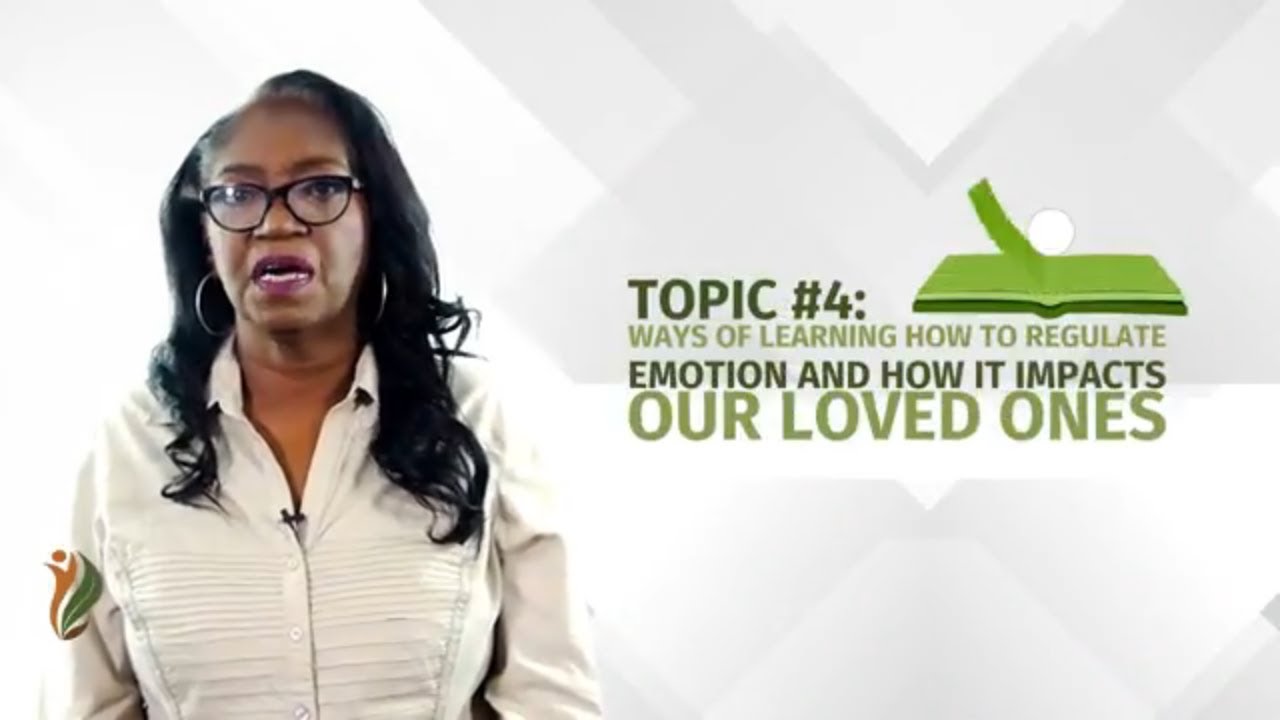
What are the 4 R’s of emotional regulation?
Regulate, relate, and reason are the key steps. First, help the child calm down (regulate), connect with them emotionally (relate), and finally, guide them to think clearly (reason).
What are the 3 R’s of emotional regulation?
Emotional regulation has several stages: selecting a situation, modifying the situation, focusing attention, changing thoughts, and adjusting responses. Each stage helps in managing emotions more effectively.
What are the stages of emotional regulation?
Emotional regulation means managing and coping with emotional distress constructively. Emotional suppression, on the other hand, involves pushing feelings down, which can lead to serious mental and physical health issues.
What is the difference between emotional regulation and suppression?
You can regulate emotions by picking the right situation, tweaking the situation, directing your focus, changing your perspective, and adjusting your responses.
What are the 5 steps to regulate emotions?
Six strategies to manage emotions include situation selection, situation modification, attention deployment, cognitive change, response modulation, and mindfulness.
What are the six emotion regulation strategies?
Poor emotional regulation looks like frequent mood swings, overreacting, or withdrawing from others. It can cause issues in relationships and daily functioning.
What is poor emotional regulation?
The first step in emotional regulation is recognizing and understanding your emotions. Knowing what you’re feeling lays the groundwork for managing those feelings effectively.
What is the first step of emotional regulation?
An emotion regulation checklist may include recognizing feelings, labeling them, understanding their cause, choosing a strategy to manage them, and evaluating the effectiveness of that strategy.
What is the emotion regulation checklist?
To start regulating emotions, practice mindfulness, identify your feelings, and use techniques like deep breathing or positive self-talk to manage them.
How do I start emotional regulation?
Fixing emotional dysregulation often involves identifying triggers, practicing mindfulness or relaxation techniques, and seeking help from mental health professionals.
How to fix emotional dysregulation?
When triggered, you can self-regulate by taking a deep breath, stepping away from the situation, and using calming techniques like deep breathing or counting to ten.
How to self-regulate when triggered?
Suppressing emotions for too long can lead to anxiety, depression, physical health problems, and distorted ways of thinking. It’s crucial to find healthy ways to express and manage emotions.
What happens when you suppress emotions for too long?
Emotional dysregulation can show up as intense emotional outbursts, difficulty calming down, or feeling overwhelmed by small stressors. It often impacts social interactions and daily life.
What does emotional dysregulation look like?
Emotion regulation and coping are related but not the same. Coping generally refers to broader strategies to handle stress, while emotion regulation specifically focuses on managing emotional responses.
Is emotion regulation the same as coping?
The four R’s of self-regulation involve recognize, respond, recover, and reflect. These steps help in identifying and managing emotions and behaviors better.
What are the 4 R’s of self regulation?
Four R principles include respect, responsibility, relationships, and resilience. These guide behavior and emotional regulation in a balanced way.
What are the 4 R principles?
The 4R model of mental health focuses on recognize, respond, recover, and reflect as core components of maintaining mental well-being and managing emotions.
What is the 4R model of mental health?
In psychology, 4R refers to recognize, respond, recover, and reflect, which are steps for effective emotional and mental health regulation.









